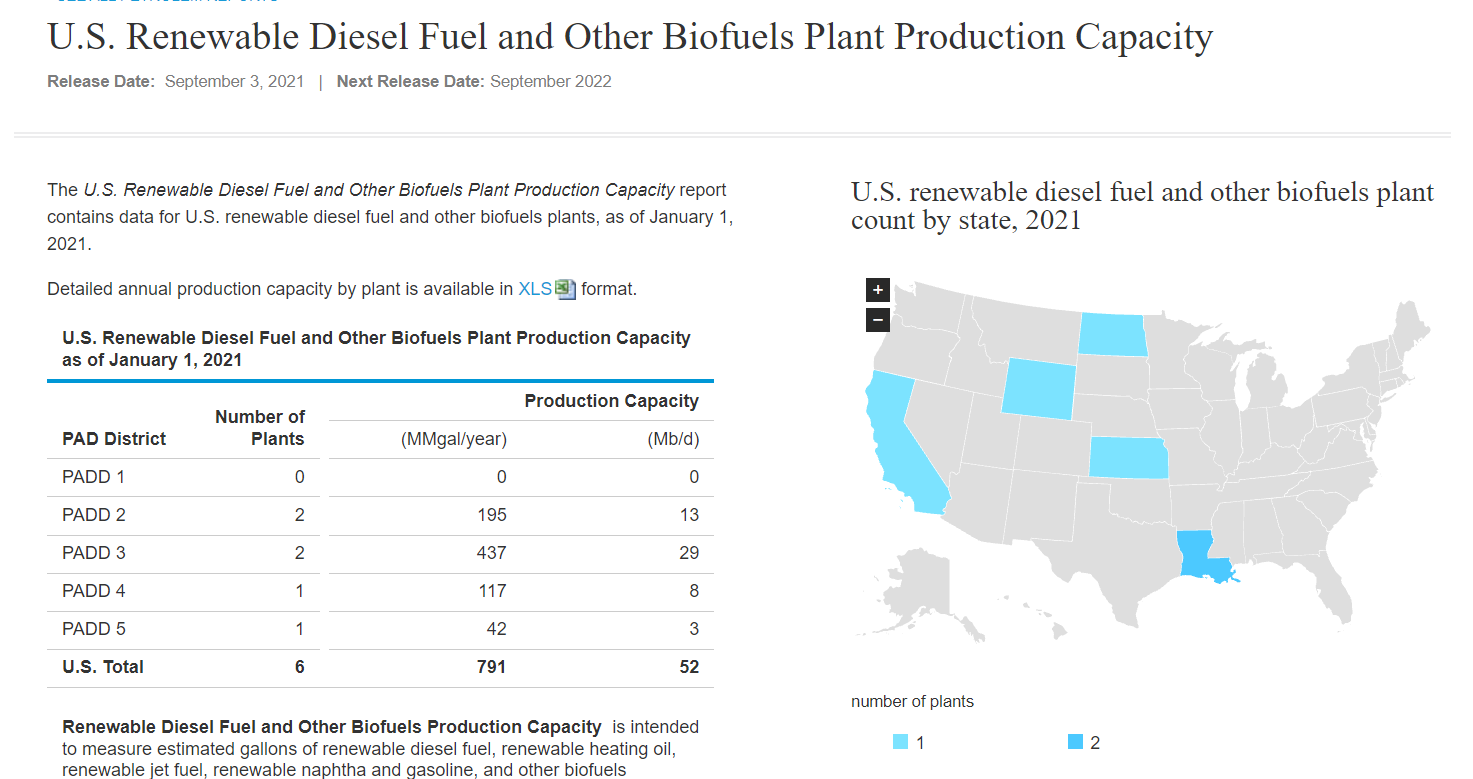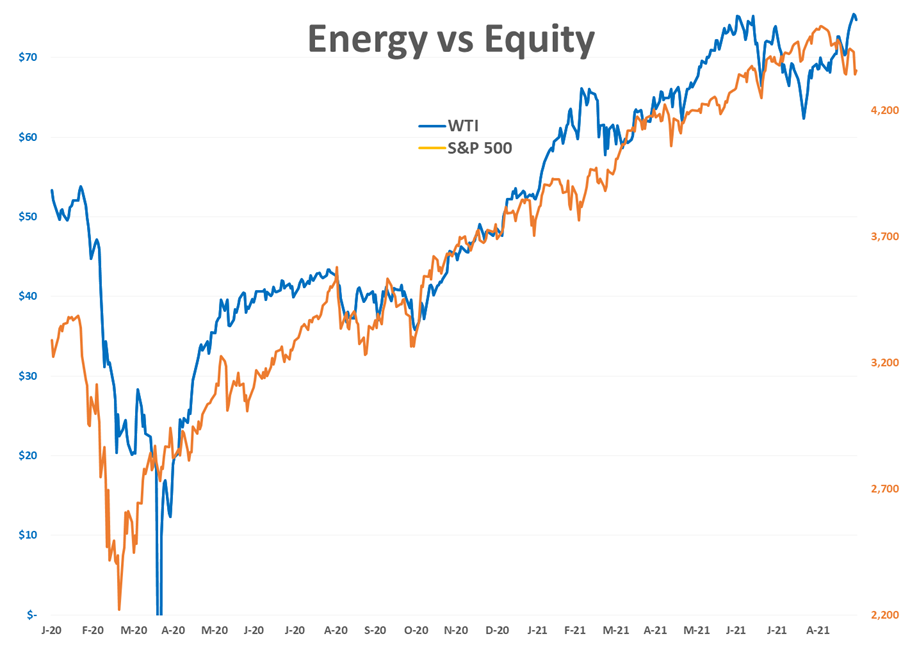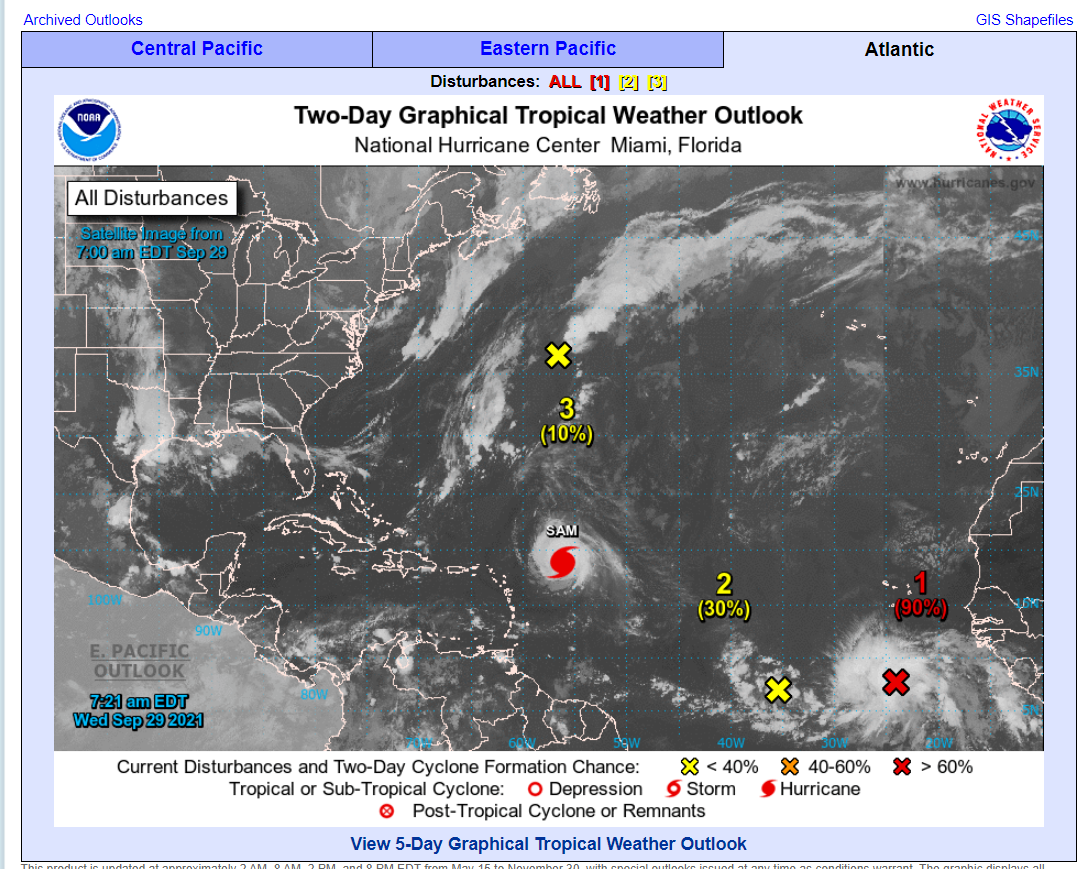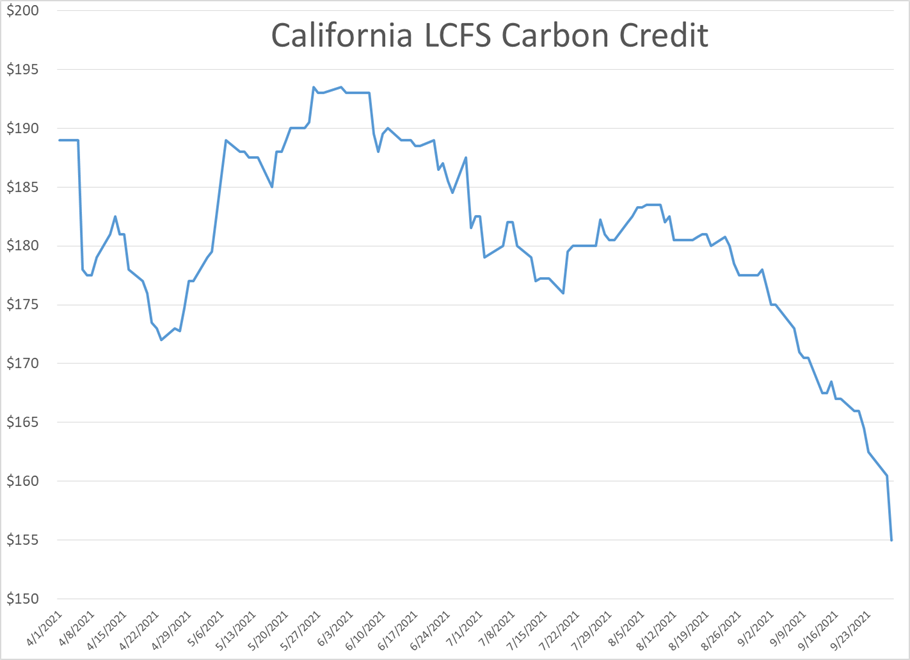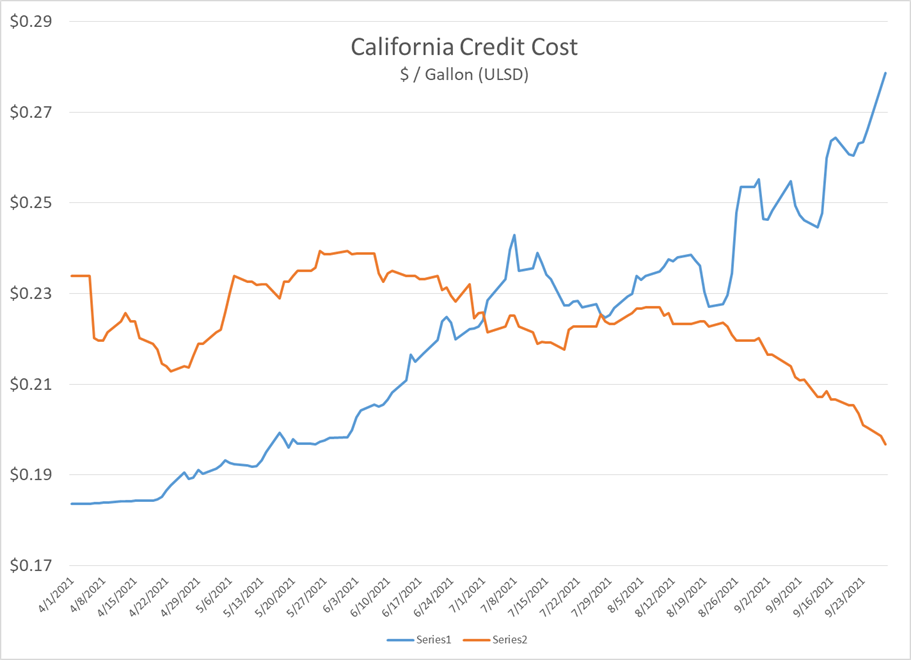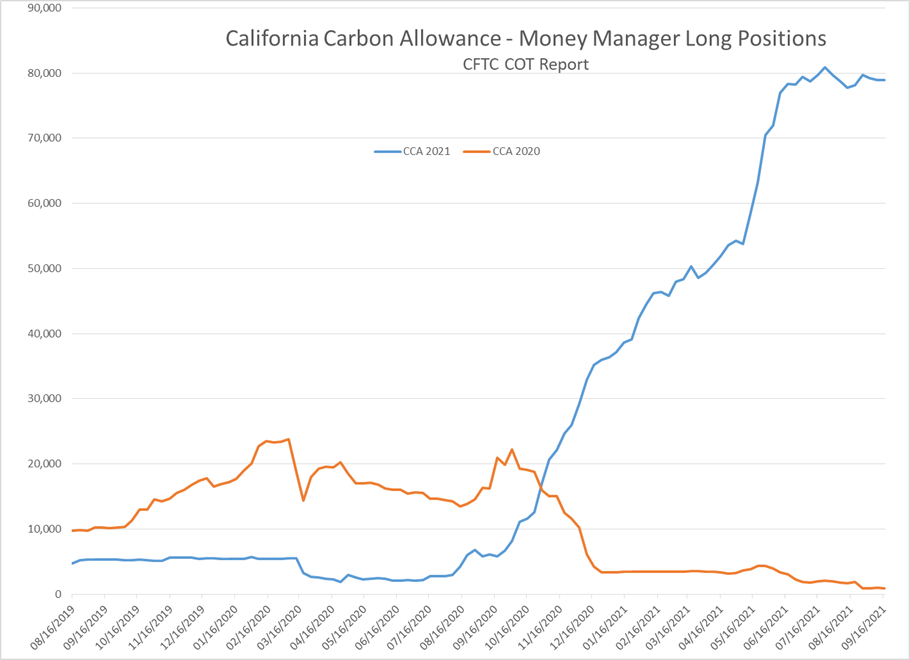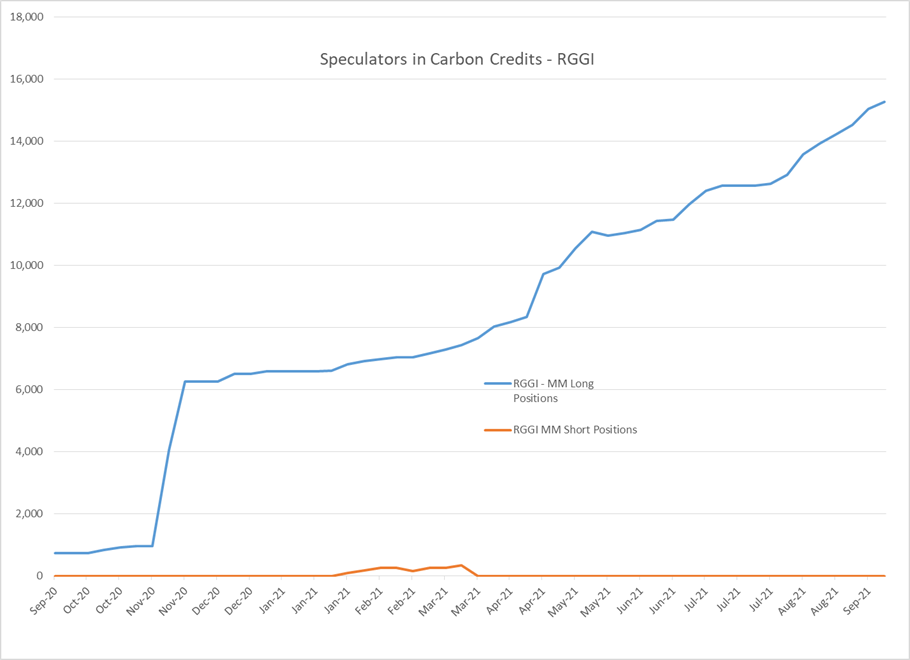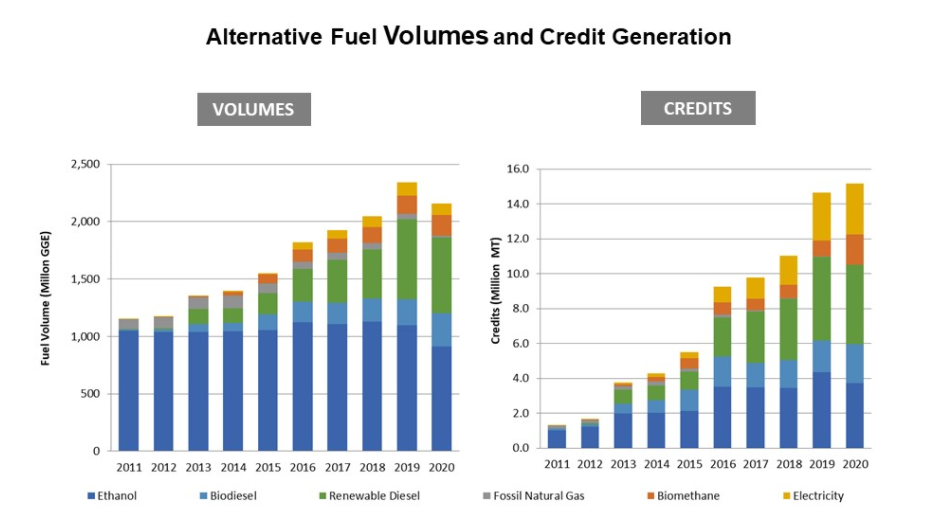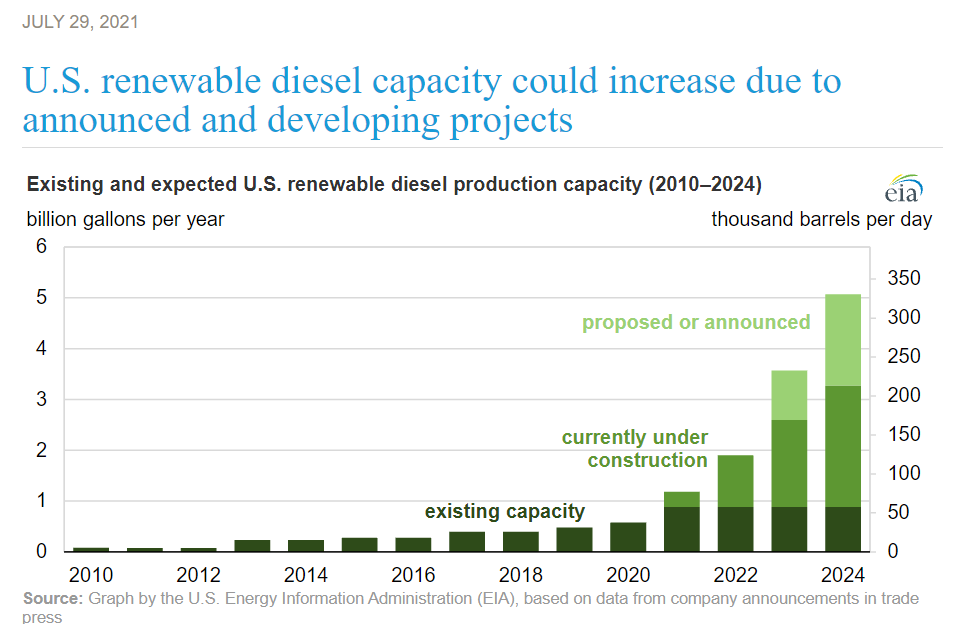Stand-Off In Congress Sparks Flight To Safety

Energy futures pulled back from multi-year highs Tuesday as the latest stand-off in congress sparked a bit of a flight to safety with equity and commodity markets moving lower, while the US dollar rallied to its highest level in almost a year. The selling in energy contracts seems to be tempered by the ongoing surge in natural gas prices around the world, that is showing few signs of abating anytime soon, which will make various petroleum products more attractive as supplemental fuels.
RIN Values saw their first day of solid buying in weeks Tuesday, as political pressure on behalf of ethanol interests was heating up. There’s still no official word on whether or not the “leaked” RVO numbers last week were real or not, and the congressional staring match over budgets suggests we may not get an answer until that latest dumpster fire negotiation is put to rest.
Tropical Storm Teresa is expected to be named later today, and the models should start giving us a better feel by the end of the week whether or not it will pose a threat to the US. The other storm system that was given 80% odds of developing just to the west of Teresa, is now given only 30% odds. Sam meanwhile continues to be a gentle giant major hurricane that is politely staying out to sea.
A tale of two carbon credits: California Carbon Allowances (CCA) values have continued their seemingly relentless march higher, reaching new record highs on a weekly basis ever since April. A huge influx in net long holdings by money managers (AKA hedge funds) coincided with this steady push higher as it seems the banksters see an easy opportunity to profit from green ambitions, particularly when most of the world is still trying to figure out how their business can participate in the net-zero movement. California’s LCFS credits meanwhile have dropped sharply to a multi-year low, partially offsetting the increased cost of CCAs to consumers.
What’s the difference? LCFS credits can be generated by various renewable fuel & electricity producers that can prove their product beats the carbon intensity target values set by the California Air Resource board (CARB). CCA credits meanwhile are created out of thin air by CARB. So, as production for renewables (Renewable diesel in particular, along with biomethane, SAF, renewable electricity etc) surges, so does the production of LCFS credits, while the CCA pool stays relatively stagnant.
In addition to the big uptick in renewable diesel production, biodiesel that used to be sold in other parts of the US has been pushed west to pick up the additional LCFS tax credit in California that was adding roughly $1.50/gallon (depending on the Carbon intensity value of the fuel) but now is “only” adding around $1.20/gallon after the drop in credit values. Keep in mind that’s in addition to the $1/gallon blenders tax credit, and roughly $2+/gallon in RIN credits for each gallon sold, and suddenly it makes sense why a fuel that costs around $6/gallon to produce can compete with diesel that’s going for around $2.25.
Why does this matter if you’re not living in California? Odds are your state (or country) are considering their own carbon-reduction program for fuels, and if they are, odds are even better they’re considering adopting something like one of the 2 California programs. Oregon’s CFP program follows the LCFS model almost exactly, while the new proposal for New England (TCI) seems to take after the CCA model.
Click here to download a PDF of today's TACenergy Market Talk.
News & Views
View All
The Recovery Rally In Energy Markets Continues For A 3rd Day
The recovery rally in energy markets continues for a 3rd day with refined product futures both up more than a dime off of the multi-month lows we saw Wednesday morning. The DJIA broke 40,000 for the first time ever Thursday, and while it pulled back yesterday, US equity futures are suggesting the market will open north of that mark this morning, adding to the sends of optimism in the market.
Despite the bounce in the back half of the week, the weekly charts for both RBOB and ULSD are still painting a bearish outlook with a lower high and lower low set this week unless the early rally this morning can pick up steam in the afternoon. It does seem like the cycle of liquidation from hedge funds has ended however, so it would appear to be less likely that we’ll see another test of technical support near term after this bounce.
Ukraine hit another Russian refinery with a drone strike overnight, sparking a fire at Rosneft’s 240mb/day Tuapse facility on the black sea. That plant was one of the first to be struck by Ukrainian drones back in January and had just completed repairs from that strike in April. The attack was just one part of the largest drone attack to date on Russian energy infrastructure overnight, with more than 100 drones targeting power plants, fuel terminals and two different ports on the Black Sea. I guess that means Ukraine continues to politely ignore the White House request to stop blowing up energy infrastructure in Russia.
Elsewhere in the world where lots of things are being blown up: Several reports of a drone attack in Israel’s largest refining complex (just under 200kbd) made the rounds Thursday, although it remains unclear how much of that is propaganda by the attackers and if any impact was made on production.
The LA market had 2 different refinery upsets Thursday. Marathon reported an upset at the Carson section of its Los Angeles refinery in the morning (the Carson facility was combined with the Wilmington refinery in 2019 and now reports as a single unit to the state, but separately to the AQMD) and Chevron noted a “planned” flaring event Thursday afternoon. Diesel basis values in the region jumped 6 cents during the day. Chicago diesel basis also staged a recovery rally after differentials dropped past a 30 cent discount to futures earlier in the week, pushing wholesale values briefly below $2.10/gallon.
So far there haven’t been any reports of refinery disruptions from the severe weather than swept across the Houston area Thursday. Valero did report a weather-related upset at its Mckee refinery in the TX panhandle, although it appears they avoided having to take any units offline due to that event.
The Panama Canal Authority announced it was increasing its daily ship transit level to 31 from 24 as water levels in the region have recovered following more than a year of restrictions. That’s still lower than the 39 ships/day rate at the peak in 2021, but far better than the low of 18 ships per day that choked transit last year.
Click here to download a PDF of today's TACenergy Market Talk.

Energy Prices Found A Temporary Floor After Hitting New Multi-Month Lows Wednesday
Energy prices found a temporary floor after hitting new multi-month lows Wednesday morning as a rally to record highs in US equity markets and a modestly bullish DOE report both seemed to encourage buyers to step back into the ring.
RBOB and ULSD futures both bounced more than 6 cents off of their morning lows, following a CPI report that eased inflation fears and boosted hopes for the stock market’s obsession of the FED cutting interest rates. Even though the correlation between energy prices and equities and currencies has been weak lately, the spillover effect on the bidding was clear from the timing of the moves Wednesday.
The DOE’s weekly report seemed to add to the optimism seen in equity markets as healthy increases in the government’s demand estimates kept product inventories from building despite increased refinery runs.
PADD 3 diesel stocks dropped after large increases in each of the past 3 weeks pushed inventories from the low end of their seasonal range to average levels. PADD 2 inventories remain well above average which helps explain the slump in mid-continent basis values over the past week. Diesel demand showed a nice recovery on the week and would actually be above the 5 year average if the 5% or so of US consumption that’s transitioned to RD was included in these figures.
Gasoline inventories are following typical seasonal patterns except on the West Coast where a surge in imports helped inventories recover for a 3rd straight week following April’s big basis rally.
Refiners for the most part are also following the seasonal script, ramping up output as we approach the peak driving demand season which unofficially kicks off in 10 days. PADD 2 refiners didn’t seem to be learning any lessons from last year’s basis collapse and rapidly increased run rates last week, which is another contributor to the weakness in midwestern cash markets. One difference this year for PADD 2 refiners is the new Transmountain pipeline system has eroded some of their buying advantage for Canadian crude grades, although those spreads so far haven’t shrunk as much as some had feared.
Meanwhile, wildfires are threatening Canada’s largest oil sands hub Ft. McMurray Alberta, and more than 6,000 people have been forced to evacuate the area. So far no production disruptions have been reported, but you may recall that fires in this region shut in more than 1 million barrels/day of production in 2016, which helped oil prices recover from their slump below $30/barrel.
California’s Air Resources Board announced it was indefinitely delaying its latest California Carbon Allowance (CCA) auction – in the middle of the auction - due to technical difficulties, with no word yet from the agency when bidders’ security payments will be returned, which is pretty much a nice microcosm for the entire Cap & Trade program those credits enable.

